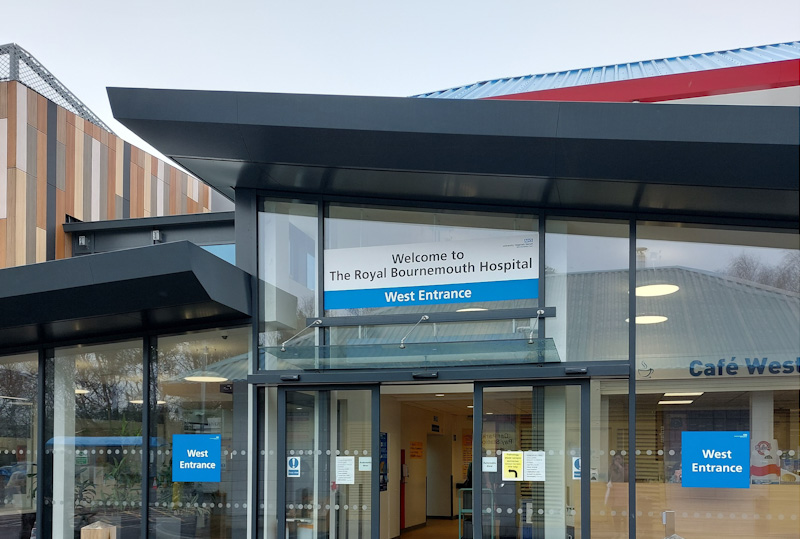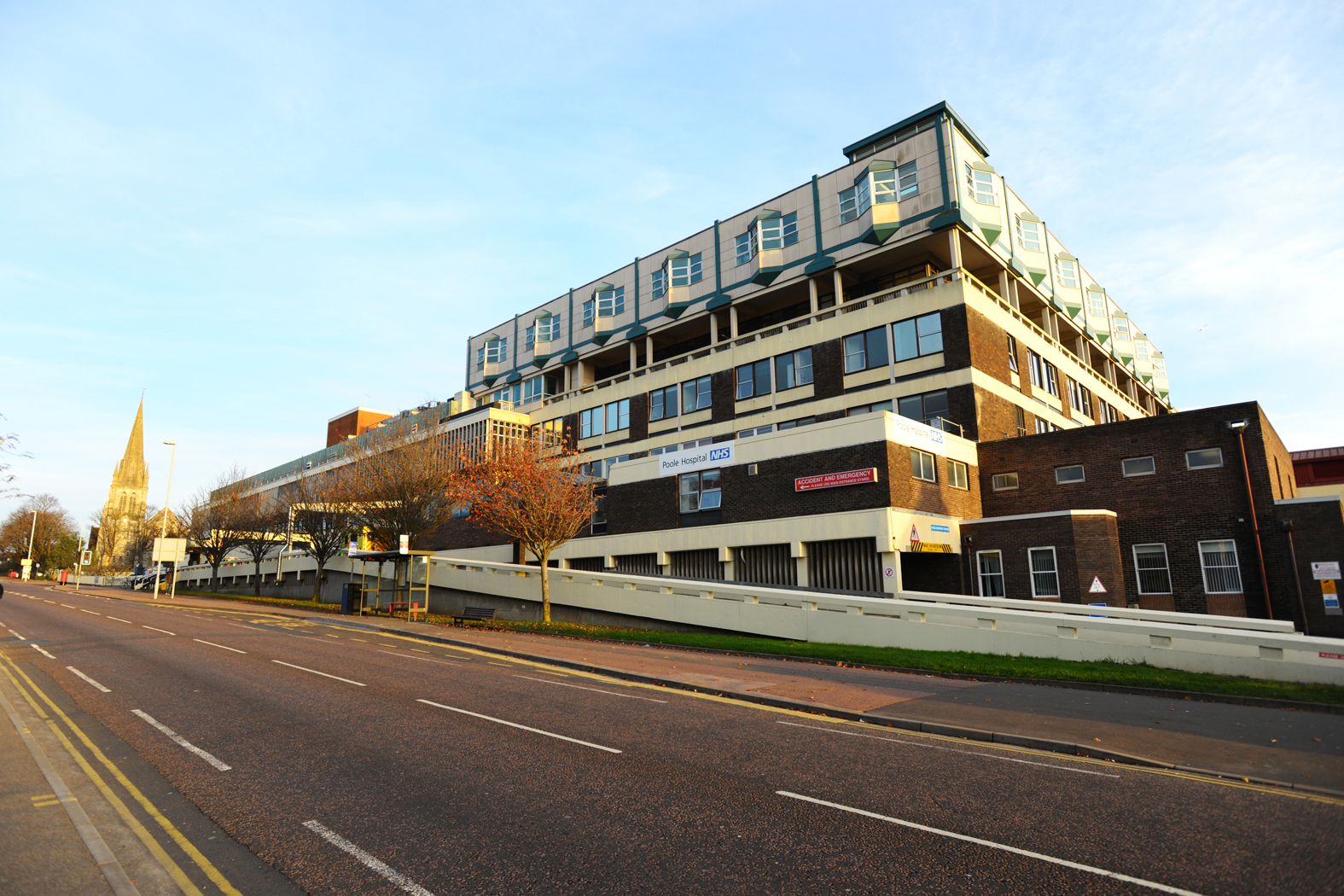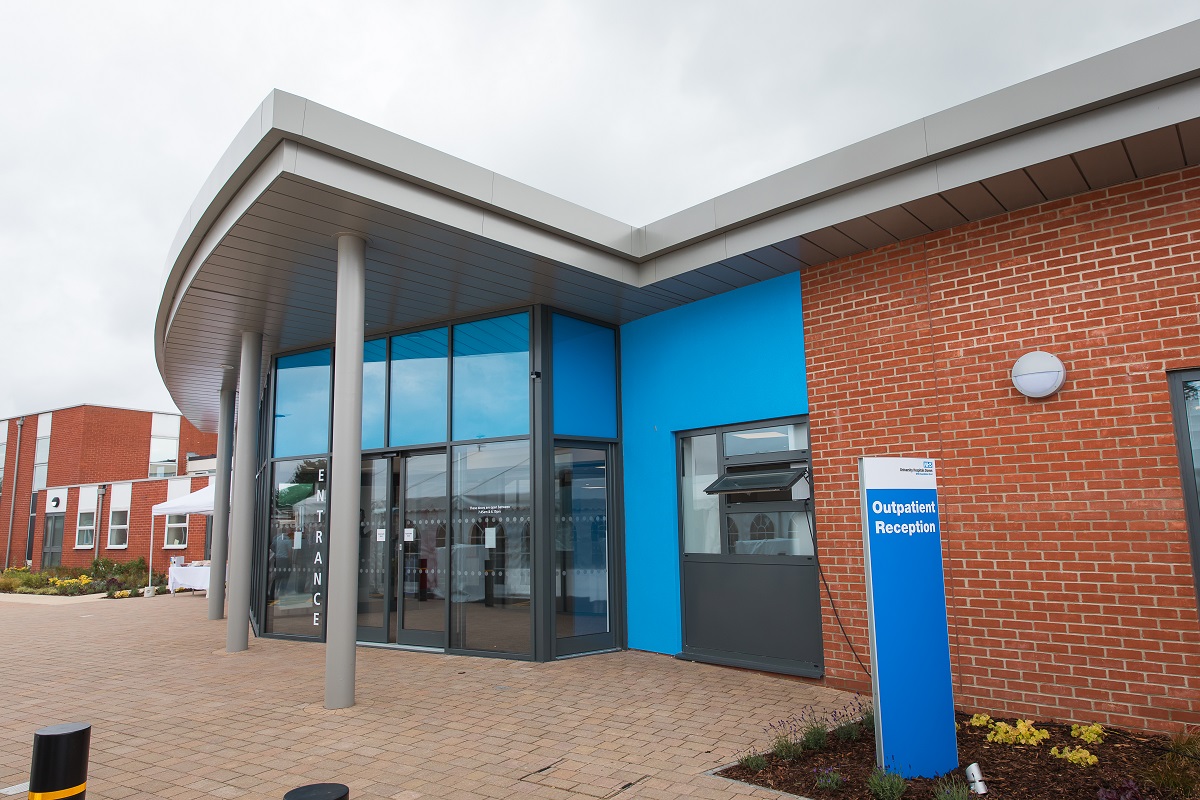Rheumatic conditions
Very often the first symptom that causes someone to visit their doctor is pain. If this pain is located in the joints or muscles and does not settle quickly, then a referral may be made to a rheumatologist if your doctor suspects inflammation is the cause. Pain may be associated with stiffness, joint swelling, fatigue or skin rashes and these are all symptoms that may be relevant.
There are a large number of musculoskeletal conditions but some of the more common ones are:
Rheumatoid arthritis (RA) is an auto-immune disease in which the immune system starts to attack the body instead of defending it. It is an inflammatory disease mainly affecting joints and tendons. Inflamed joints may become swollen, red and warm. It usually starts in the wrists, hands or feet, and can spread to other joints and other parts of the body. There is no cure, but symptoms can be treated effectively. RA may develop at any age. The cause is unknown.
RA is characterised by flares, when the disease is active, and periods of remission. During a flare you may feel generally unwell and tired and have pain and loss of strength and movement in inflamed joints. Your joints may feel stiff, especially first thing in the morning, or after sitting still for a long time. You may feel frustrated at times, particularly during a flare up, however most people are able to carry on as normal, with some adjustments to their lifestyle.
The main aims of treatment are to reduce pain and inflammation and slow down the disease process. Different kinds of drugs may be used, including disease modifying anti-rheumatic drugs (DMARDs), immuno-suppressants, non-steroidal anti-inflammatory drugs (NSAIDs) and corticosteroids (in cases of severe inflammation). Biologic therapies are also used in severe uncontrolled disease. You will need to have regular blood tests to enable the rheumatology team to monitor the effects and safety of these drugs.
More information is available at:
Psoriatic arthritis (PsA) causes inflammation in and around the joints and is associated with the skin condition, psoriasis. The exact cause of PsA is unknown. In most cases the arthritis develops after the appearance of psoriasis, however sometimes the arthritis precedes the skin symptoms. There is no connection between the severity of skin disease and joint disease.
The symptoms of PsA may be similar to those of other forms of arthritis. It can affect most joints. Stiffness first thing in the morning or after resting is common, as is pitting and discoloration of nails. You may also suffer with spondylitis - a stiff, painful back or neck caused by inflammation in the spine and/or iritis - inflammation around the pupil of the eye.
Drug treatment for PsA is similar to that of rheumatoid arthritis. The skin is usually treated with ointments, but you may also need tablet treatment and light therapy. Exercise is important to maintain muscle strength and mobility, and relaxation techniques may be useful to aid rest.
Further information is available at:
Ankylosing spondylitis (AS) also known as Axial Spondyloarthropathy is a form of inflammatory arthritis that affects the joints of the lower back initially. Ankylosing means stiffening and spondylitis means inflammation of the spine. There is no cure for AS, but like most forms of inflammatory arthritis it can go into remission, often when people reach their fifties.
The disease is more common in people with the HLA-B27 tissue type, one of the HLA genes from the HLA-B family. HLA-B27, while not being the only determining factor in Ankylosing Spondylitis, is present in 95% of people with this condition. It is, however, present in 8% of the general unaffected population. Other diseases such as reactive arthritis and psoriatic arthritis can also be associated with HLA-B27. The cause is not clear. It is more common in men than women and is more frequently seen in younger people. In AS, the sacroiliac joints (which join the base of the spine to the pelvis) become inflamed. This is why your lower back may feel sore first thing in the morning. Longstanding or repeated bouts of inflammation cause scar tissue to form in the spaces between vertebrae (the chain of bones that make up the spine). In time, this scar tissue may turn into bone and fill the space between the vertebrae. This effectively fuses the joint, which limits movement of the spine.
The initial symptoms of AS are pain, aching and stiffness in the lower back. You may also feel pain further up the back and restricted movement of the chest. Some people experience pain and discomfort on and off for a number of years until the inflammation ceases, but most are able to lead a full and active life. In others movement of the spine may be severely limited. You may feel overwhelmingly tired at times. Another symptom is inflammation of the eyes (iritis) which needs immediate treatment to prevent further damage.
Early diagnosis and treatment is important to minimize damage to your joints. Exercise is vital to maintain mobility, prevent the joints from being fused into a bad position and to help relieve pain. You will be referred to physiotherapy for a specific exercise programme. Anti-inflammatory drugs can be prescribed to reduce pain and stiffness.
Poole Hospital holds a dedicated exercise group once a fortnight on Thursdays 5.30-7.00pm in the hydrotherapy pool and gym.
For more information contact This email address is being protected from spambots. You need JavaScript enabled to view it., tel Helen 01202 672487 or Barry 01202 670517.
Or go to National Ankylosing Spondylitis Society (NASS):
Click here for the printable BASDAI form. This questionnaire is a subjective measure of your symptoms and how they impact on you. It will be used by the team to assess the activity of your disease, its response to treatment and in the decision making process in any changes to your treatment that may be required.
Other conditions include:
- Gout - visit versusarthritis.org
- Osteoarthritis - visit versusarthritis.org
- Osteoporosis - visit theros.org.uk
- Polymyalgia rheumatic - visit versusarthritis.org
- Scleroderma - visit sruk.co.uk
- Systemic lupus erythematosis - visit lupusuk.org.uk
- Vasculitis - visit www.vasculitisfoundation.org or vasculitis.org.uk
- Fibromyalgia Syndrome - visit ukfibromyalgia.com
Our Dorset video library:









